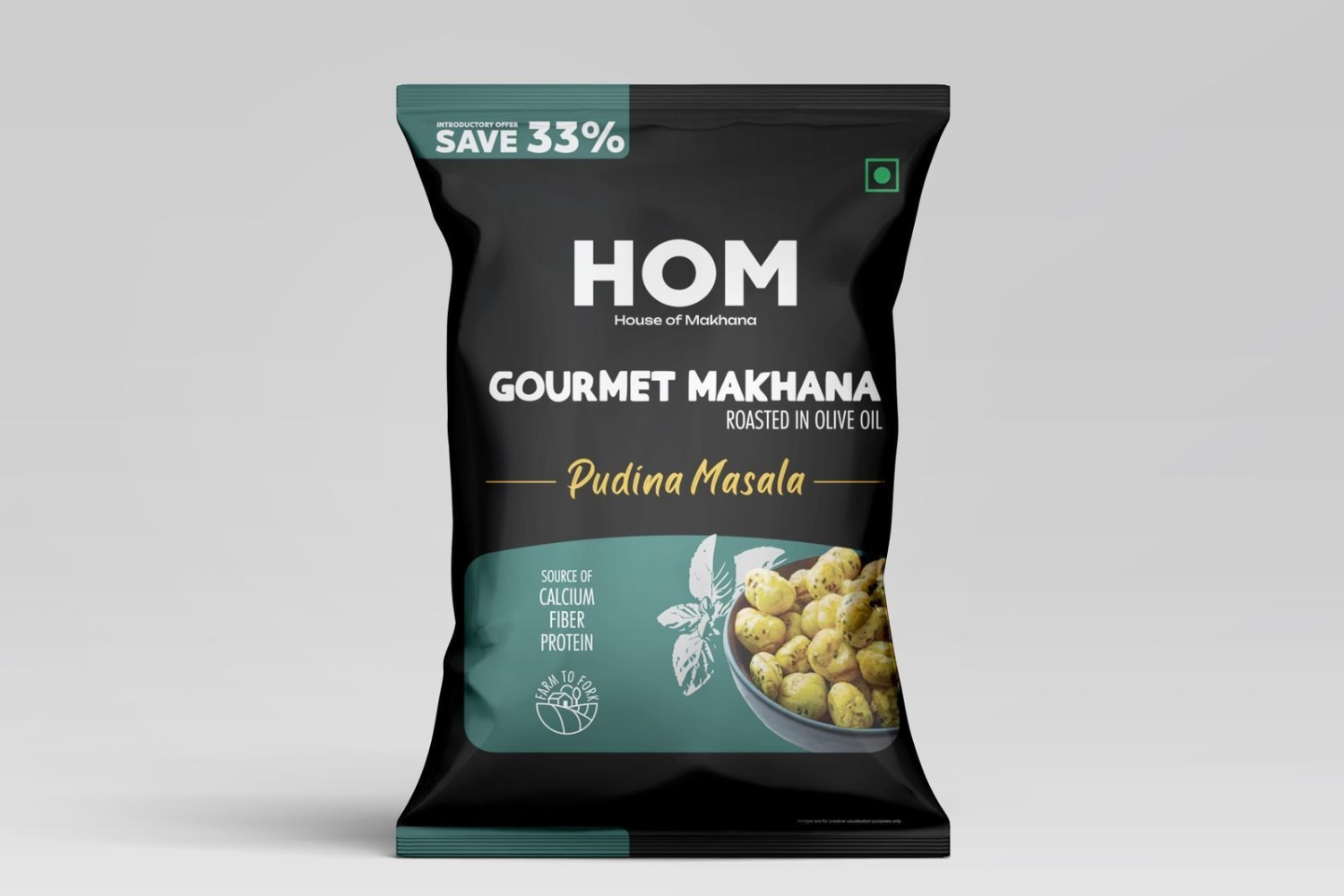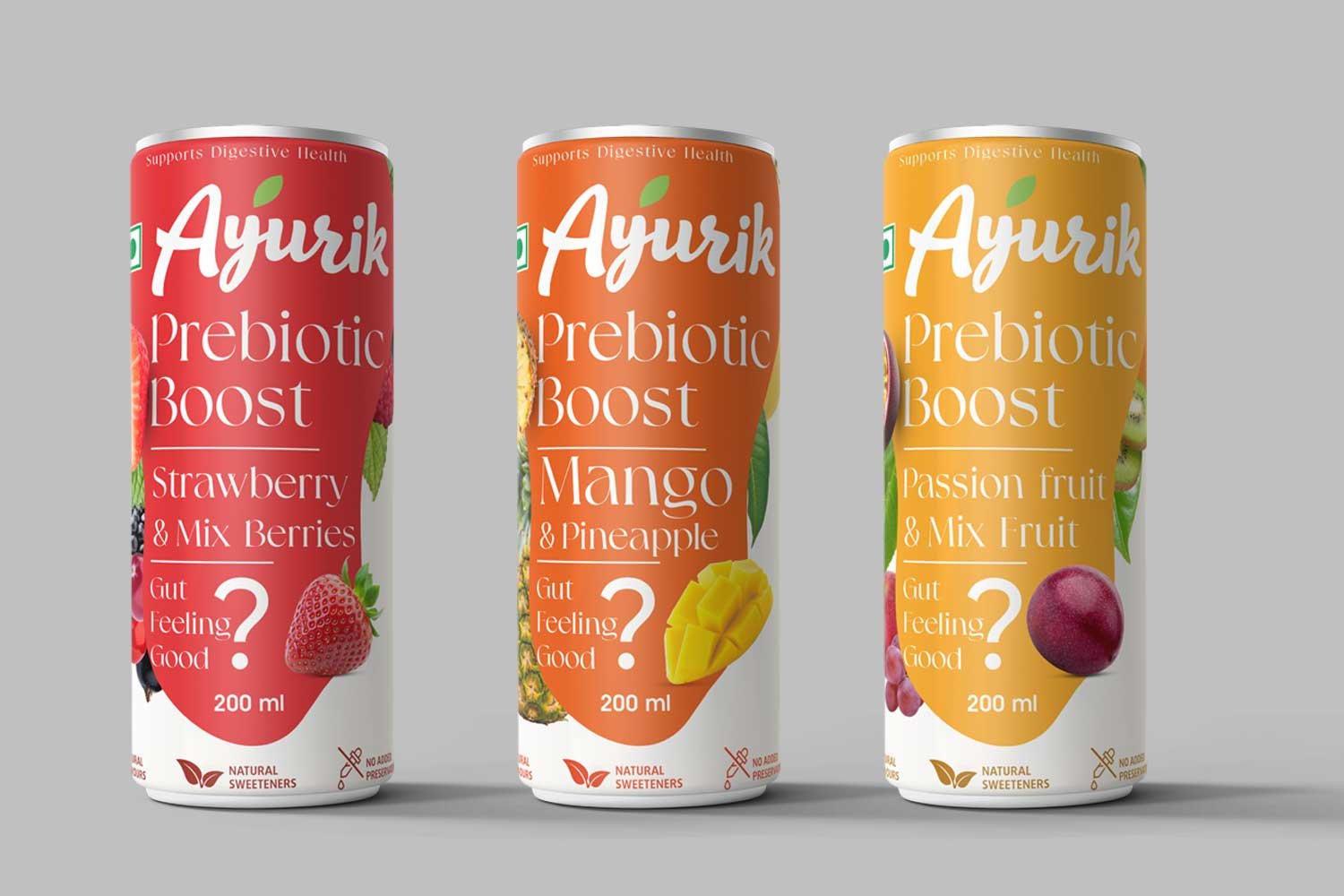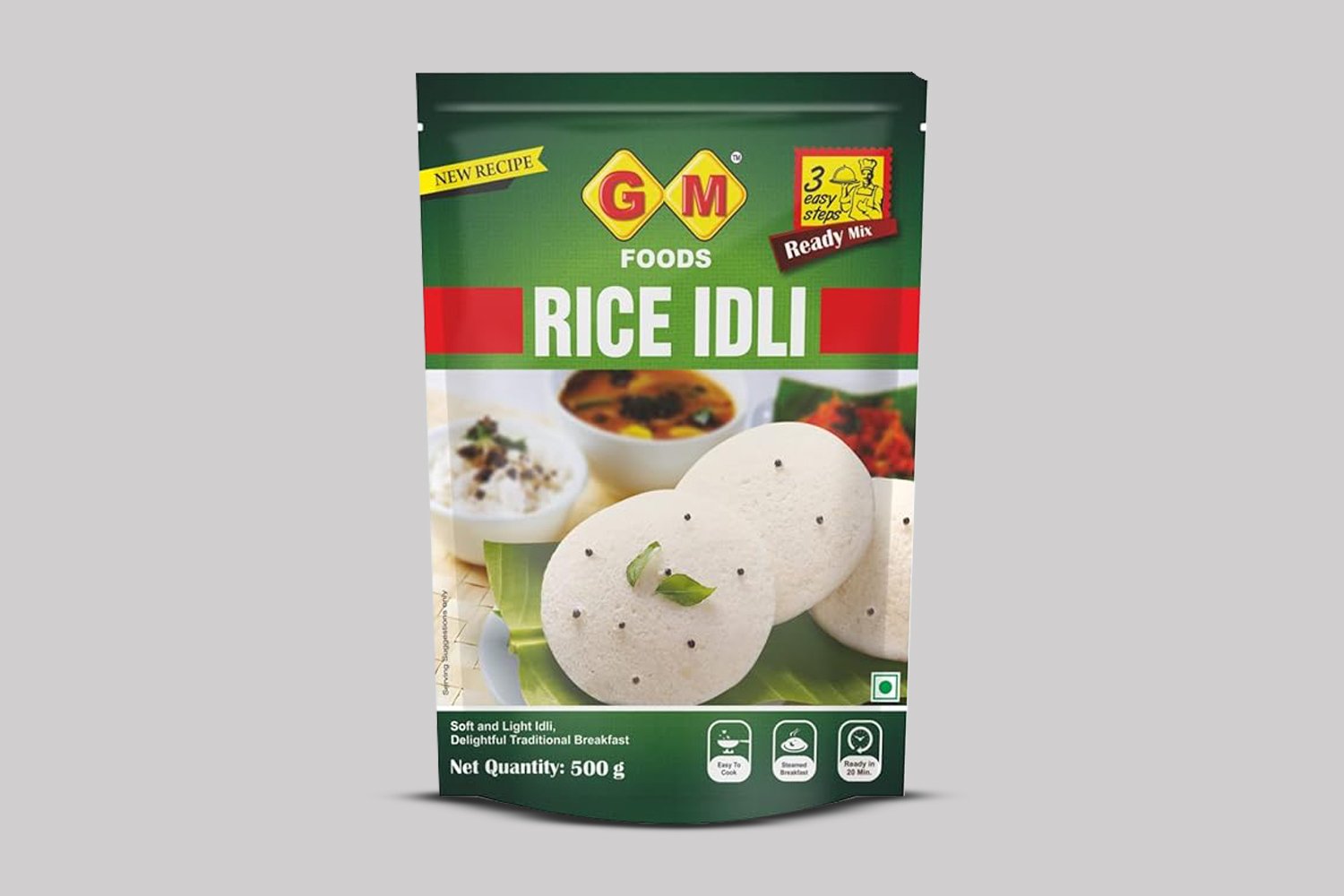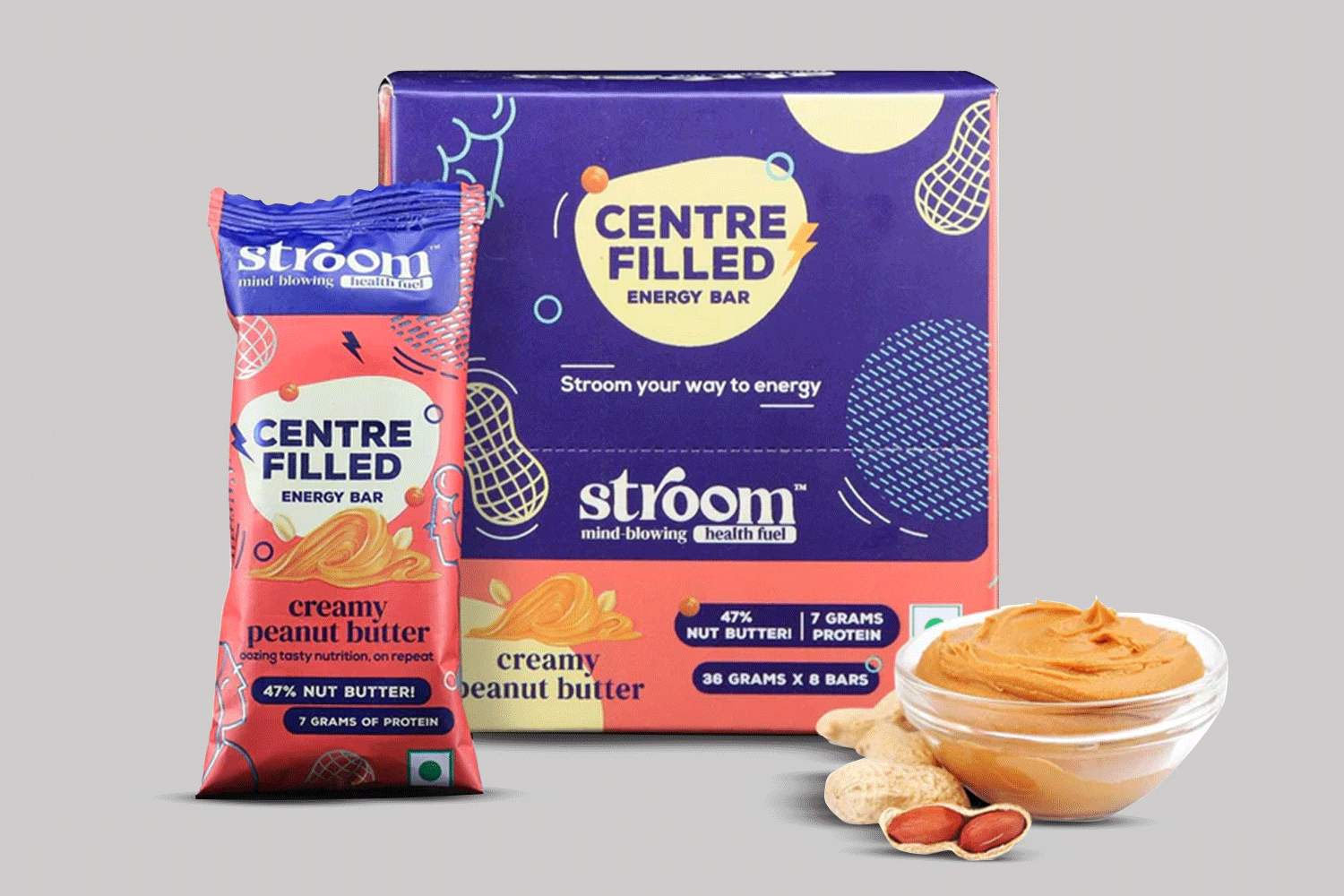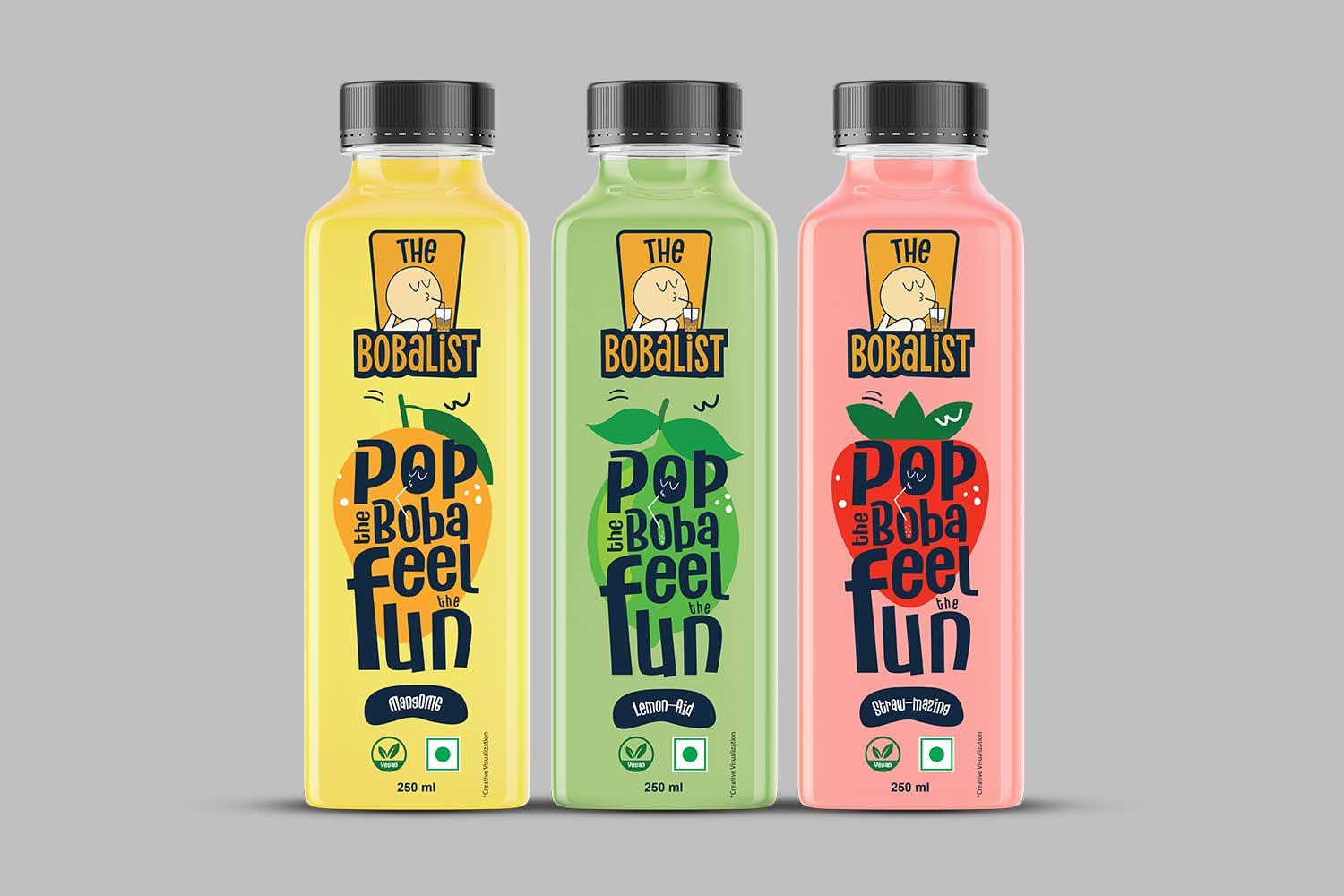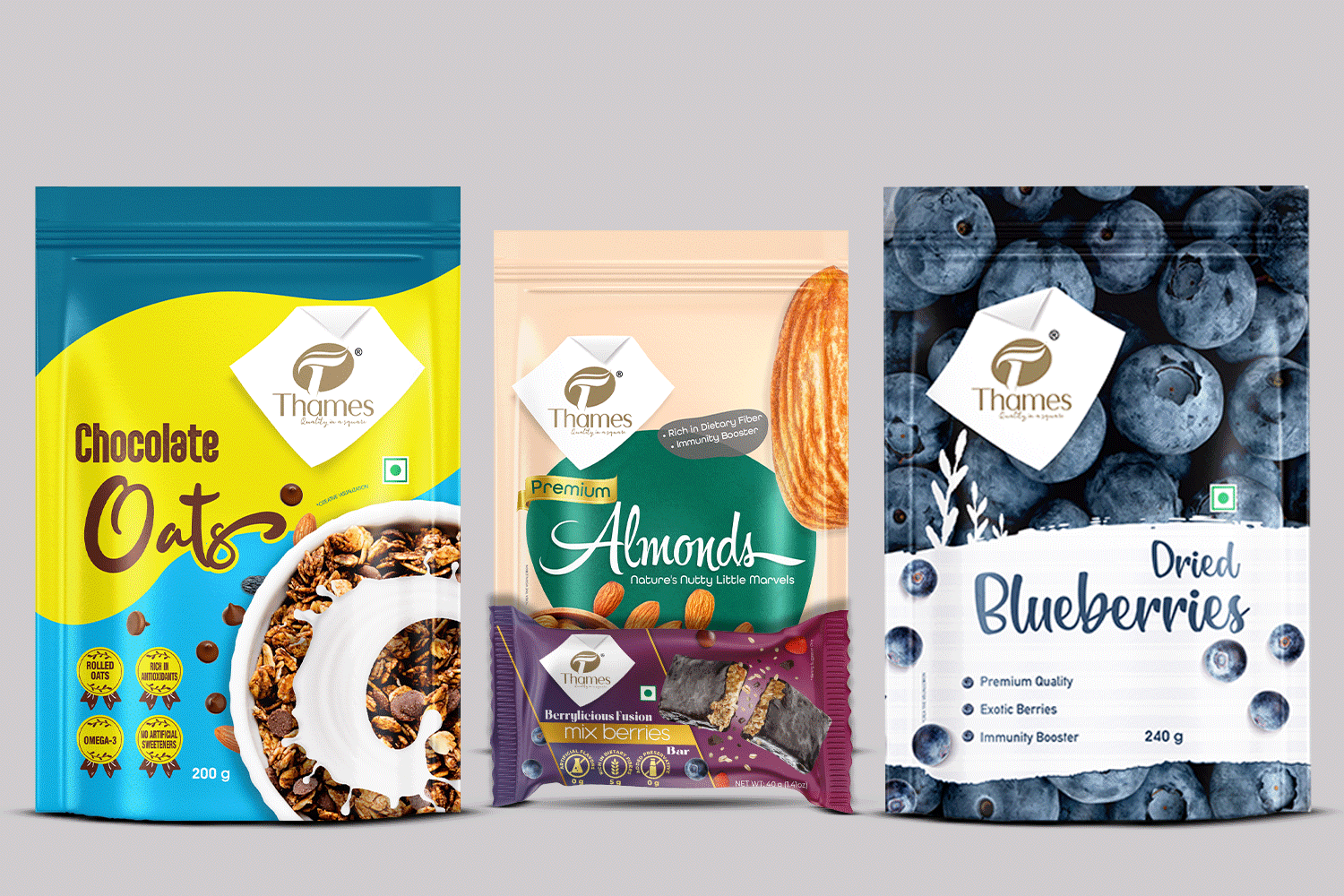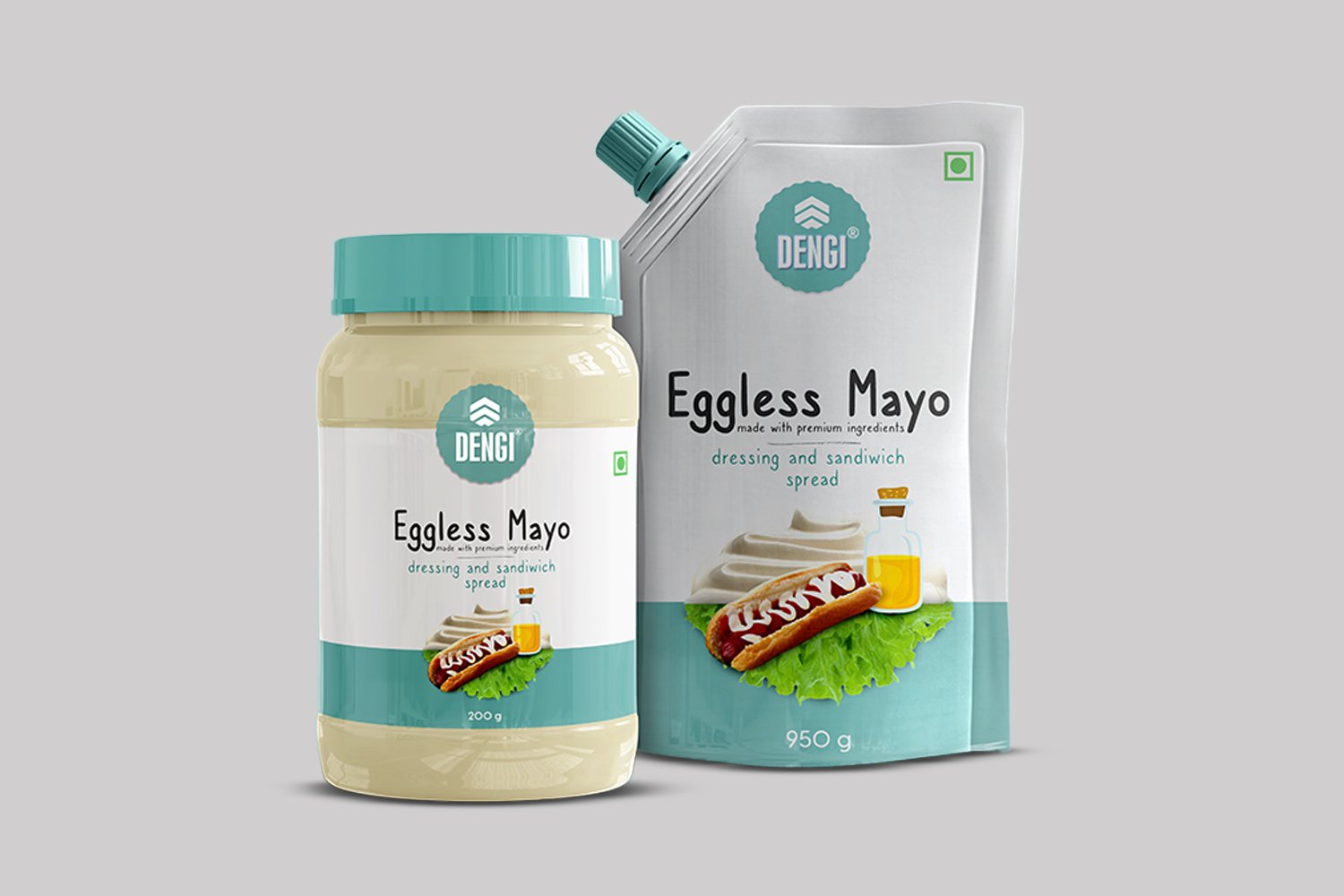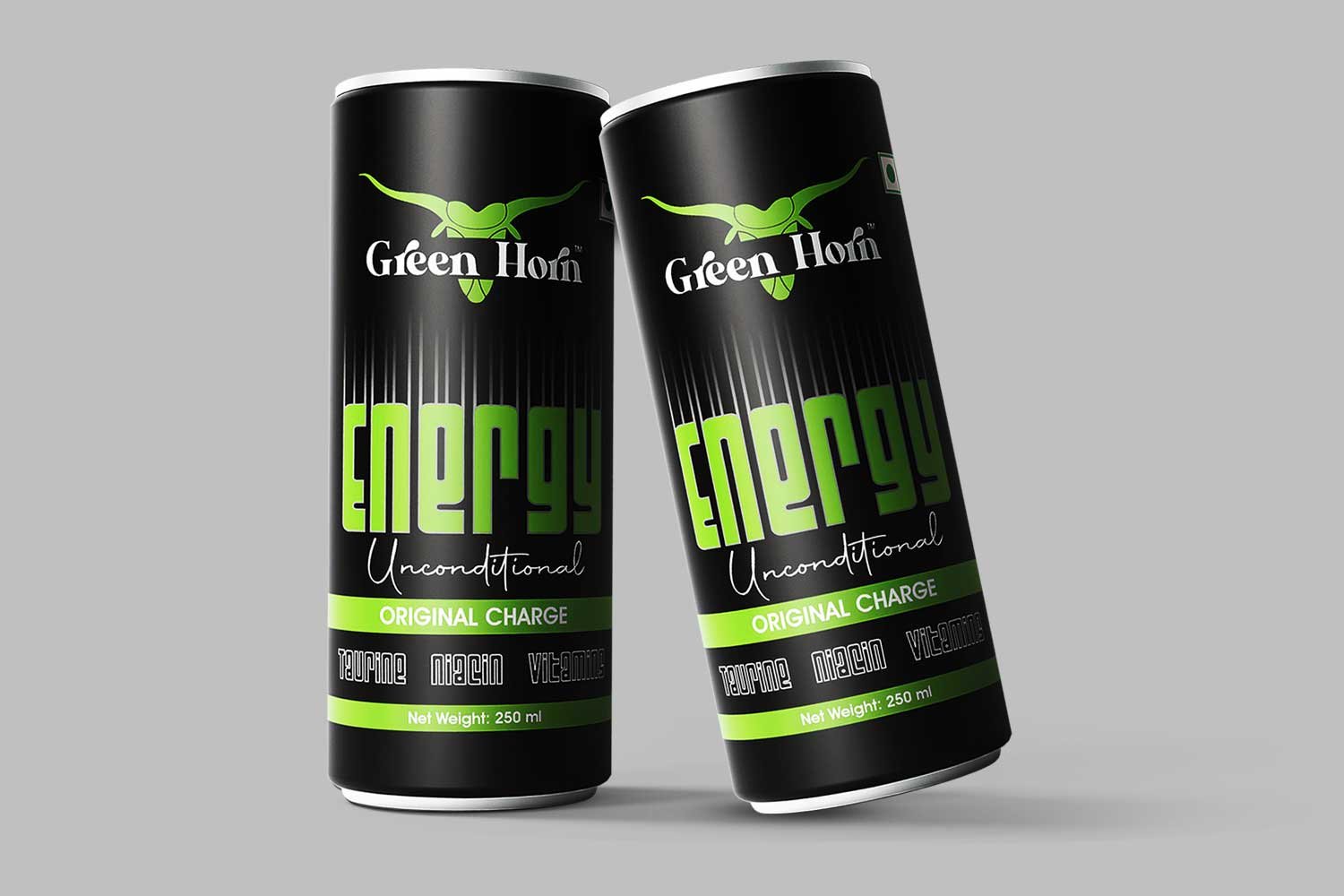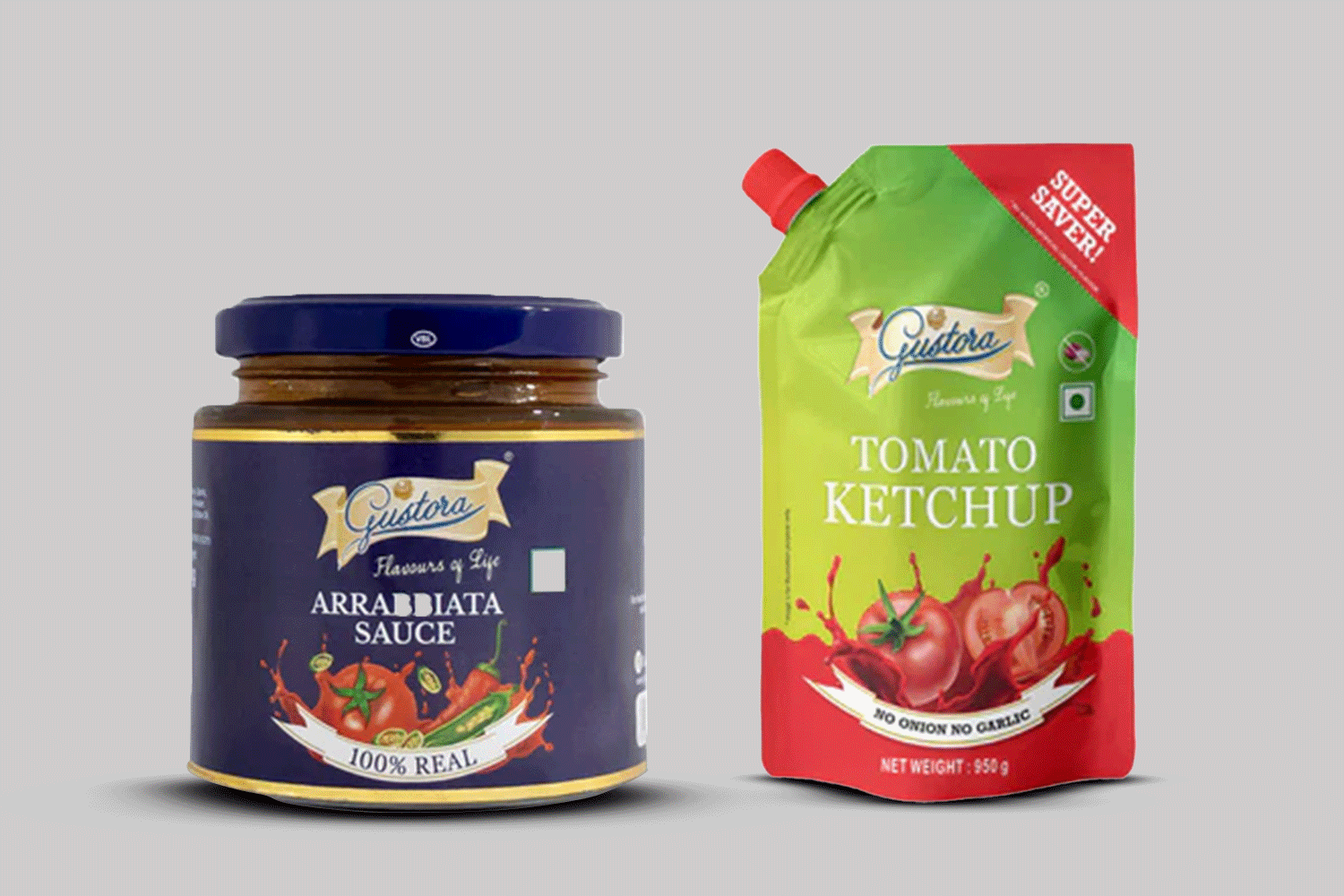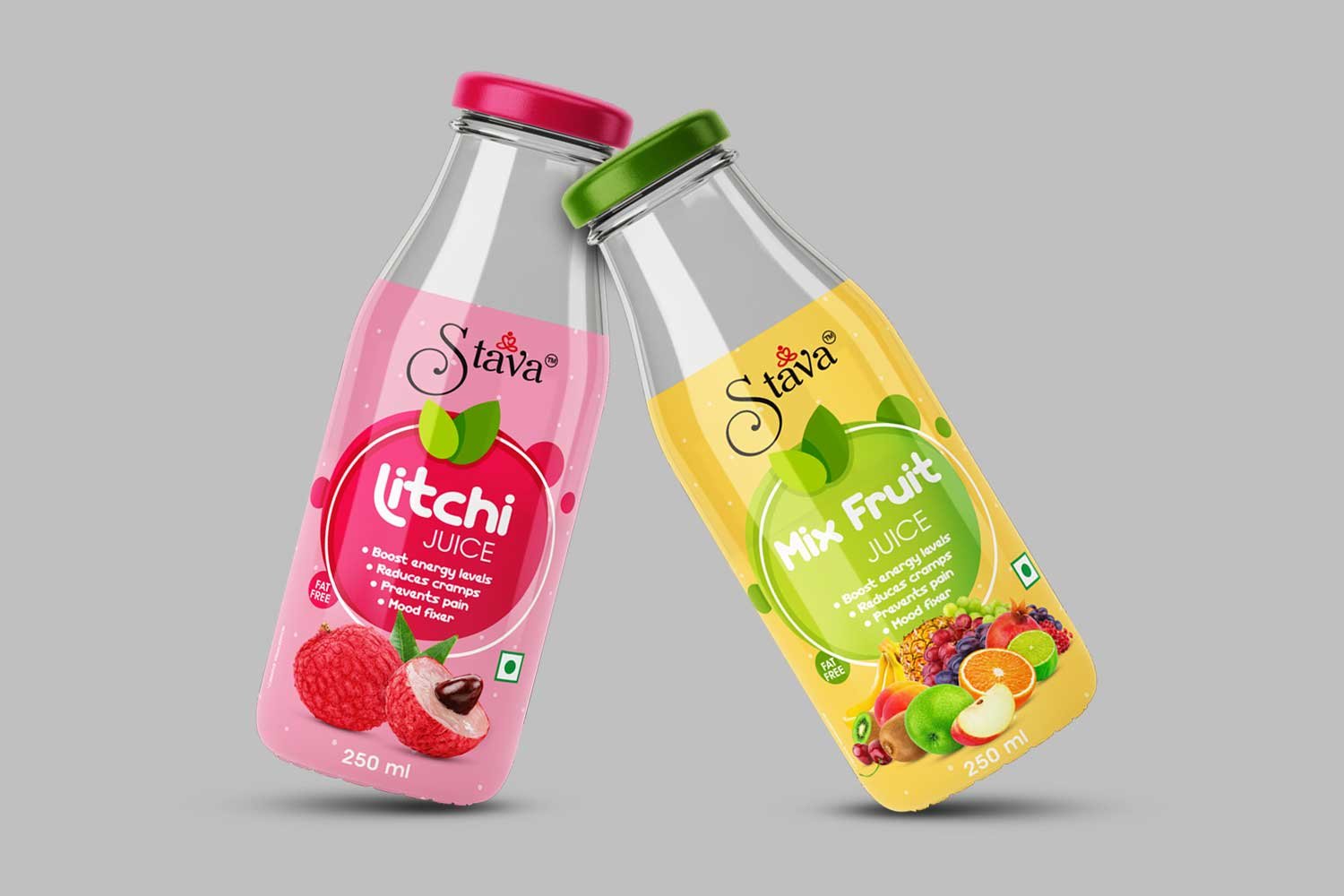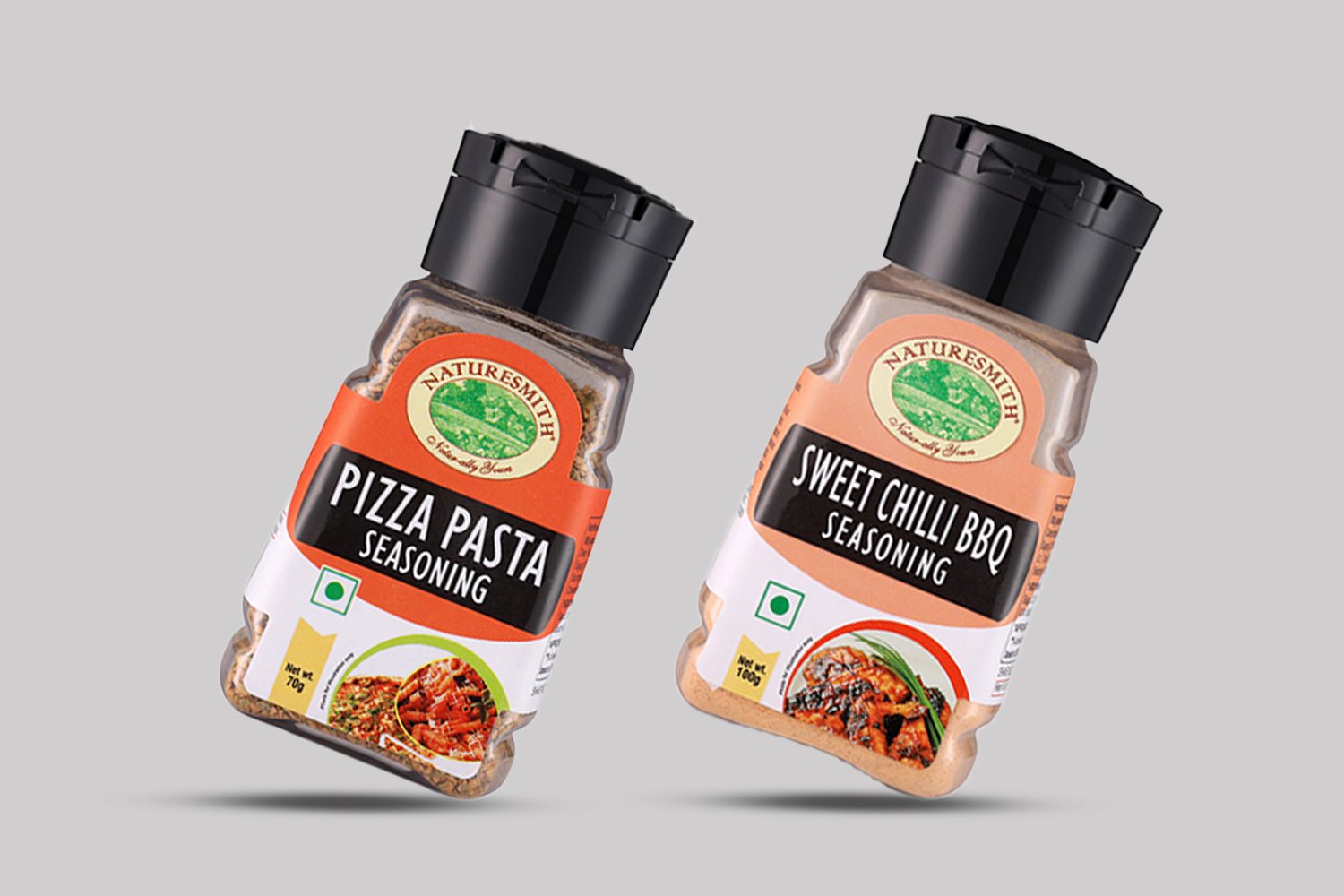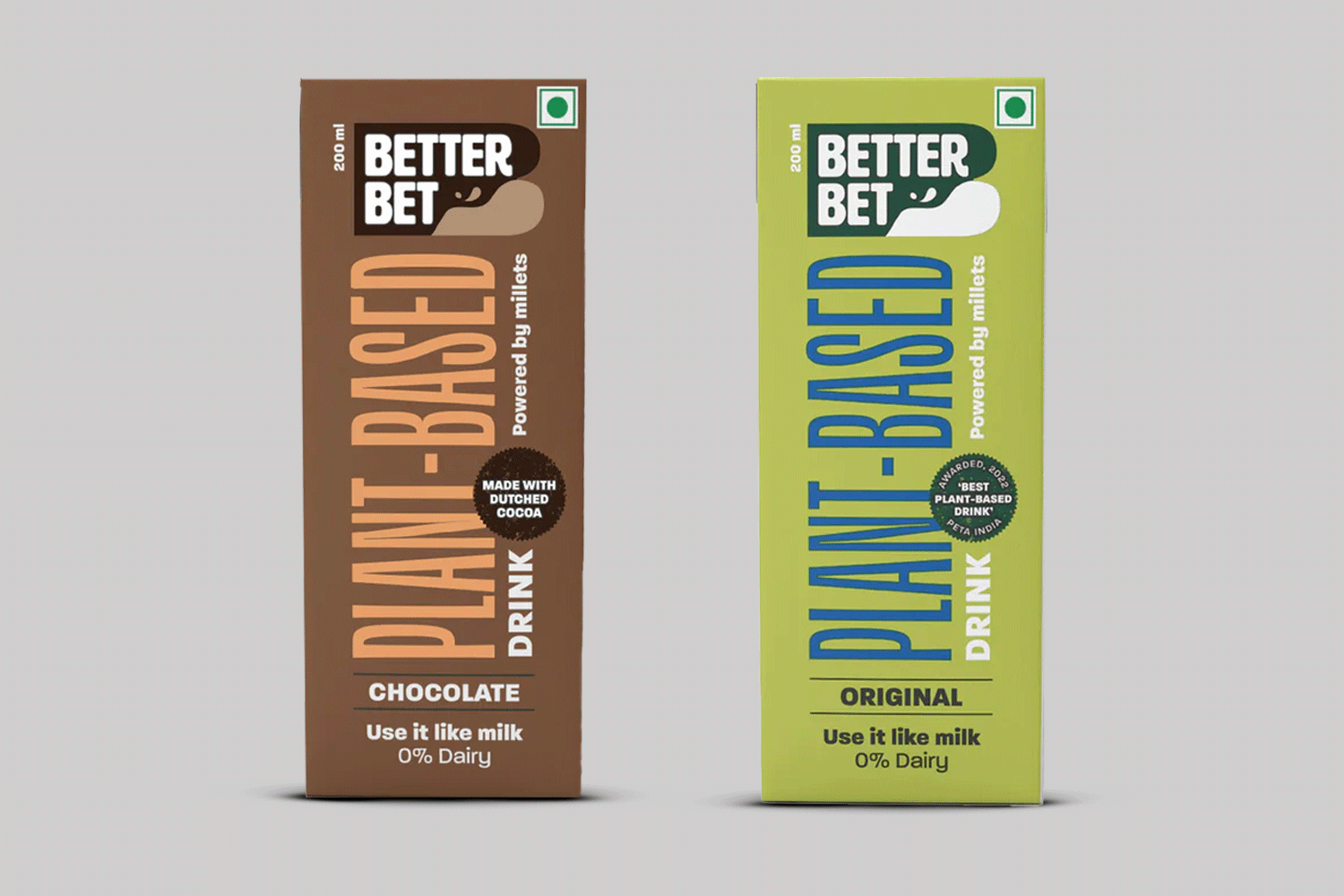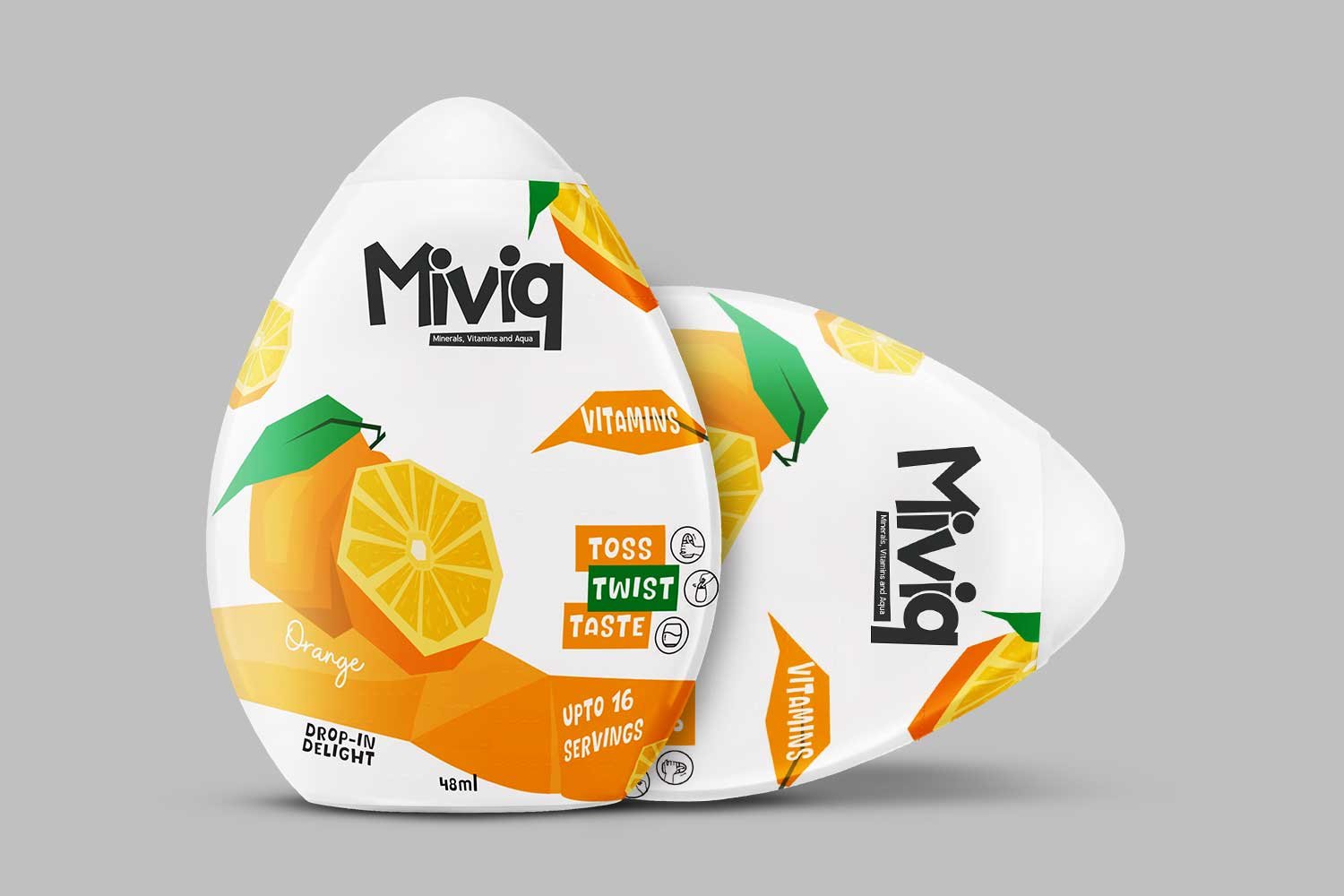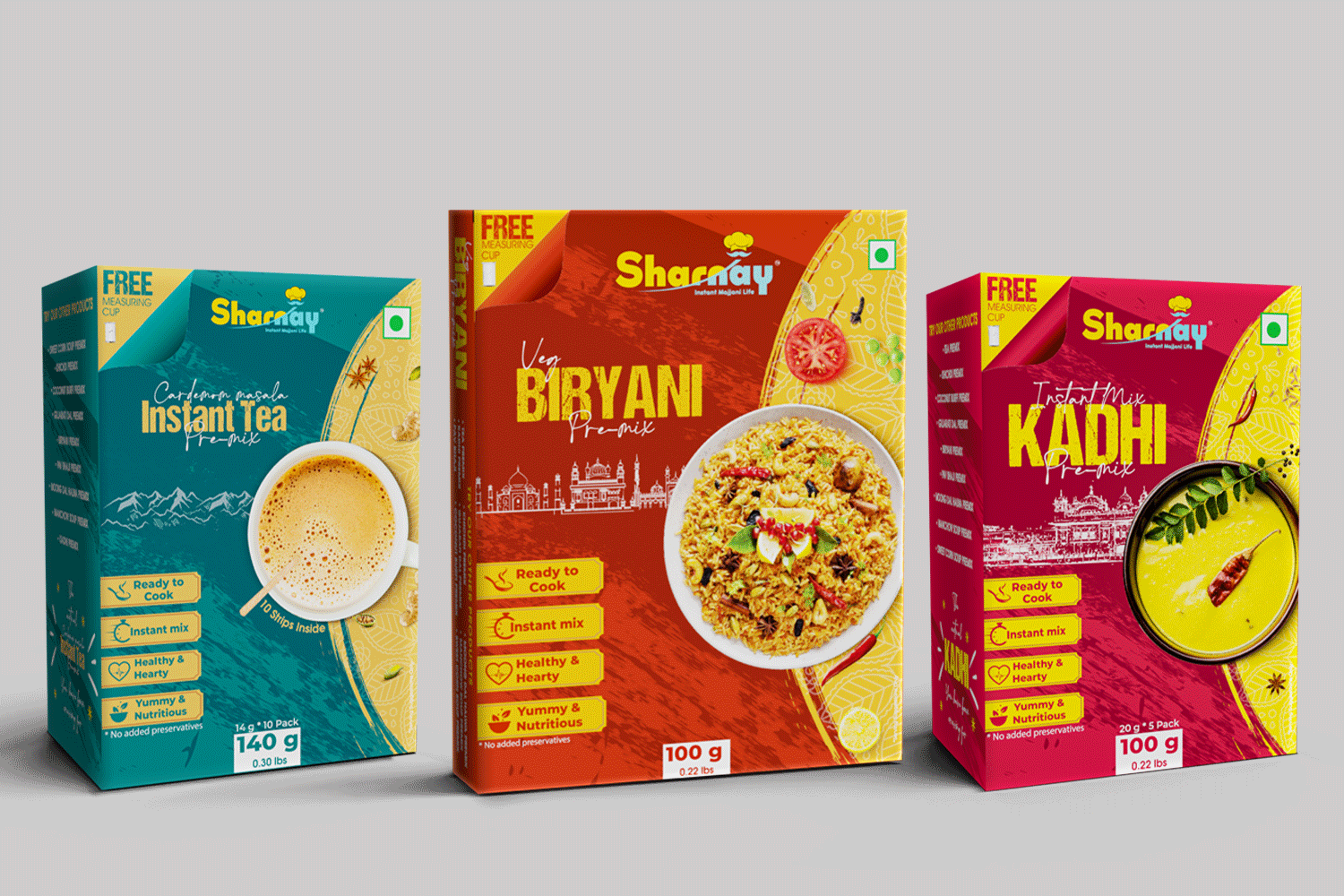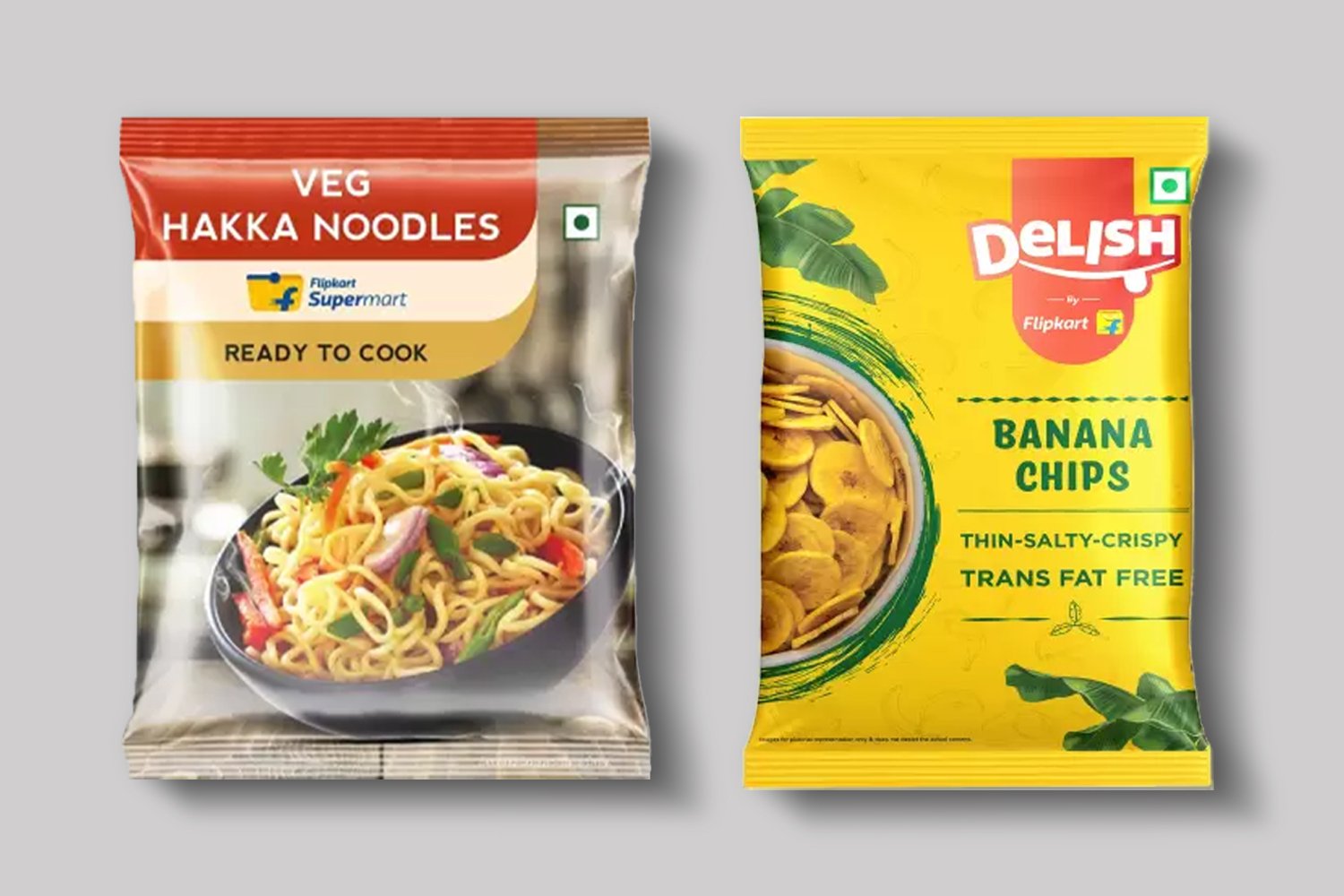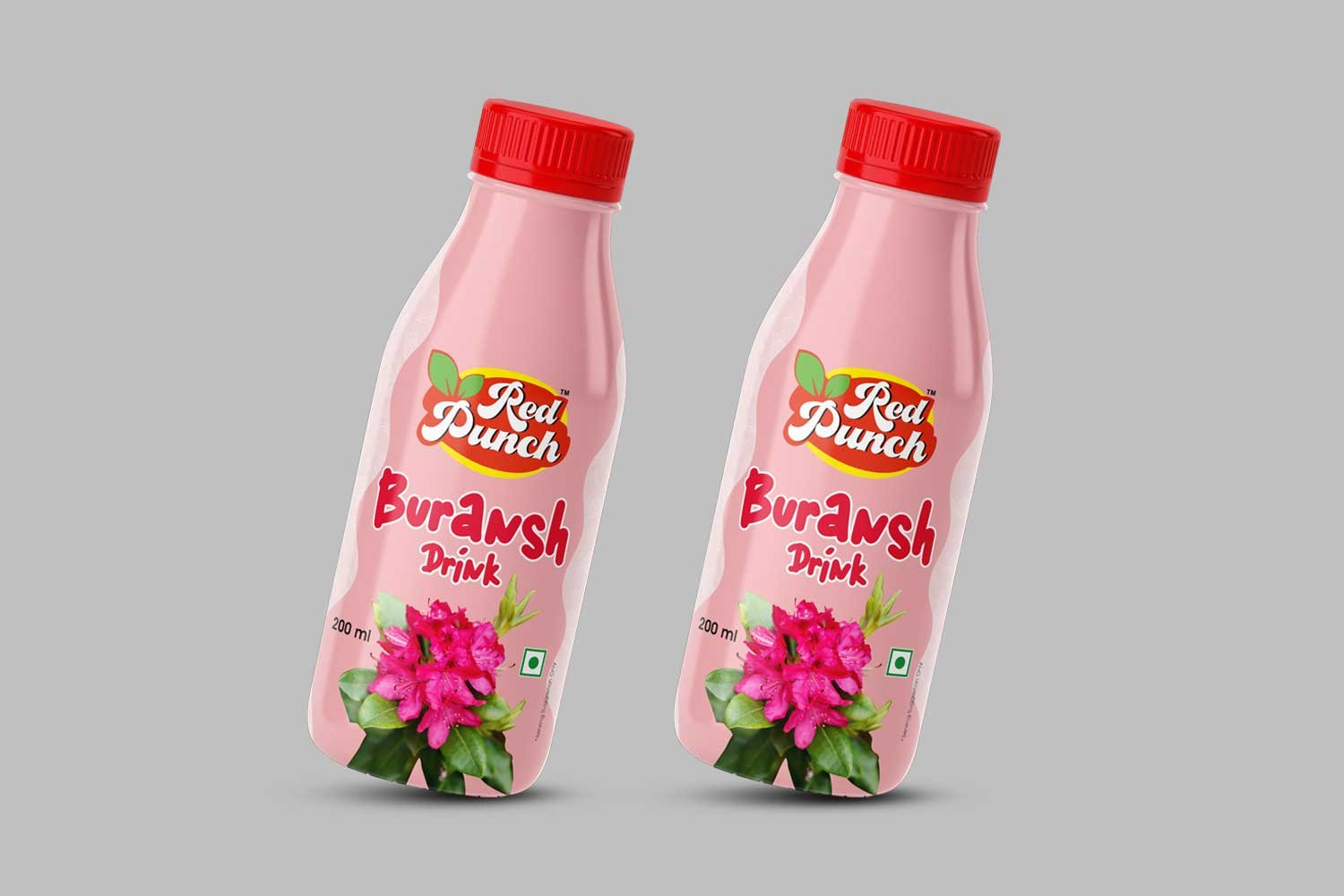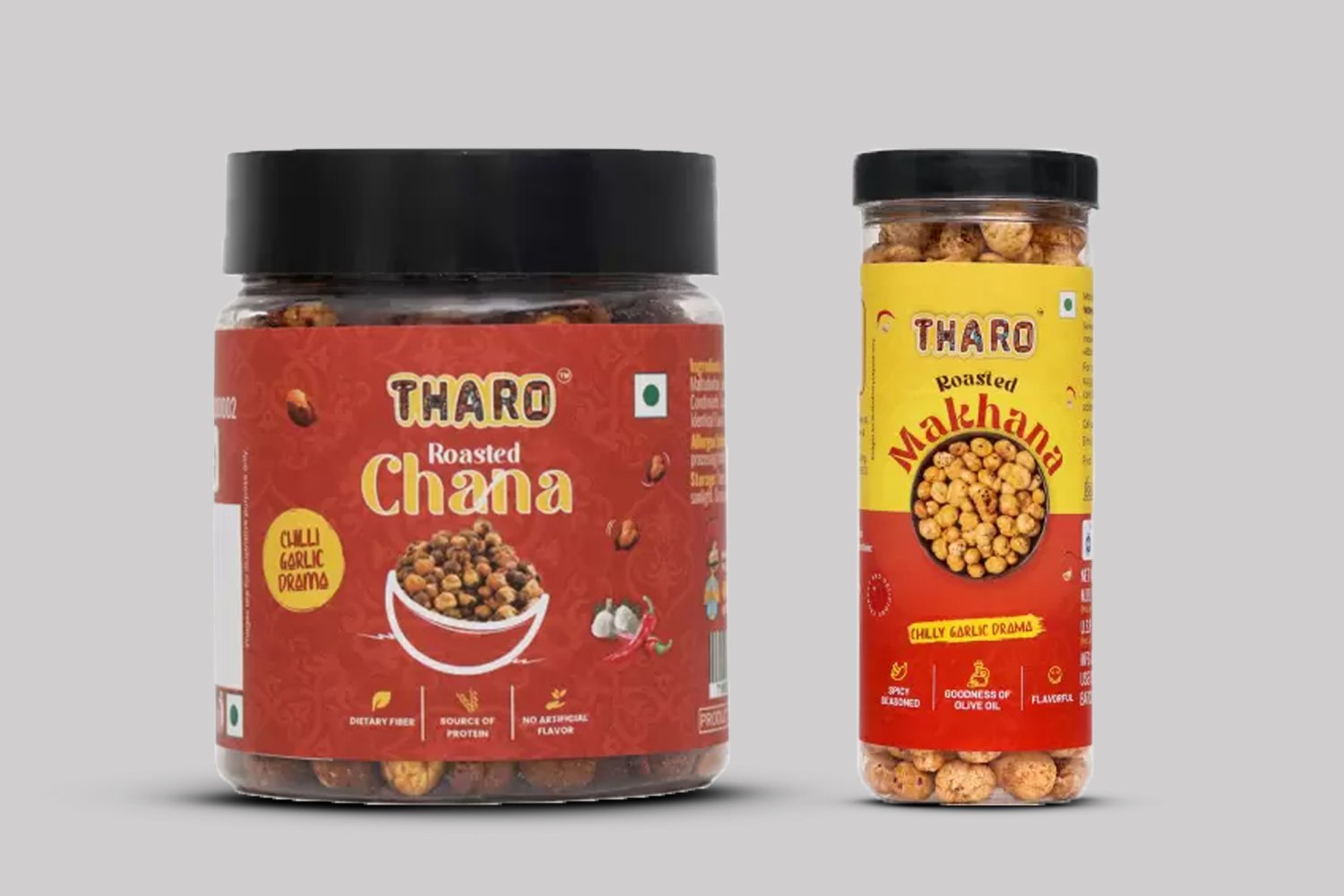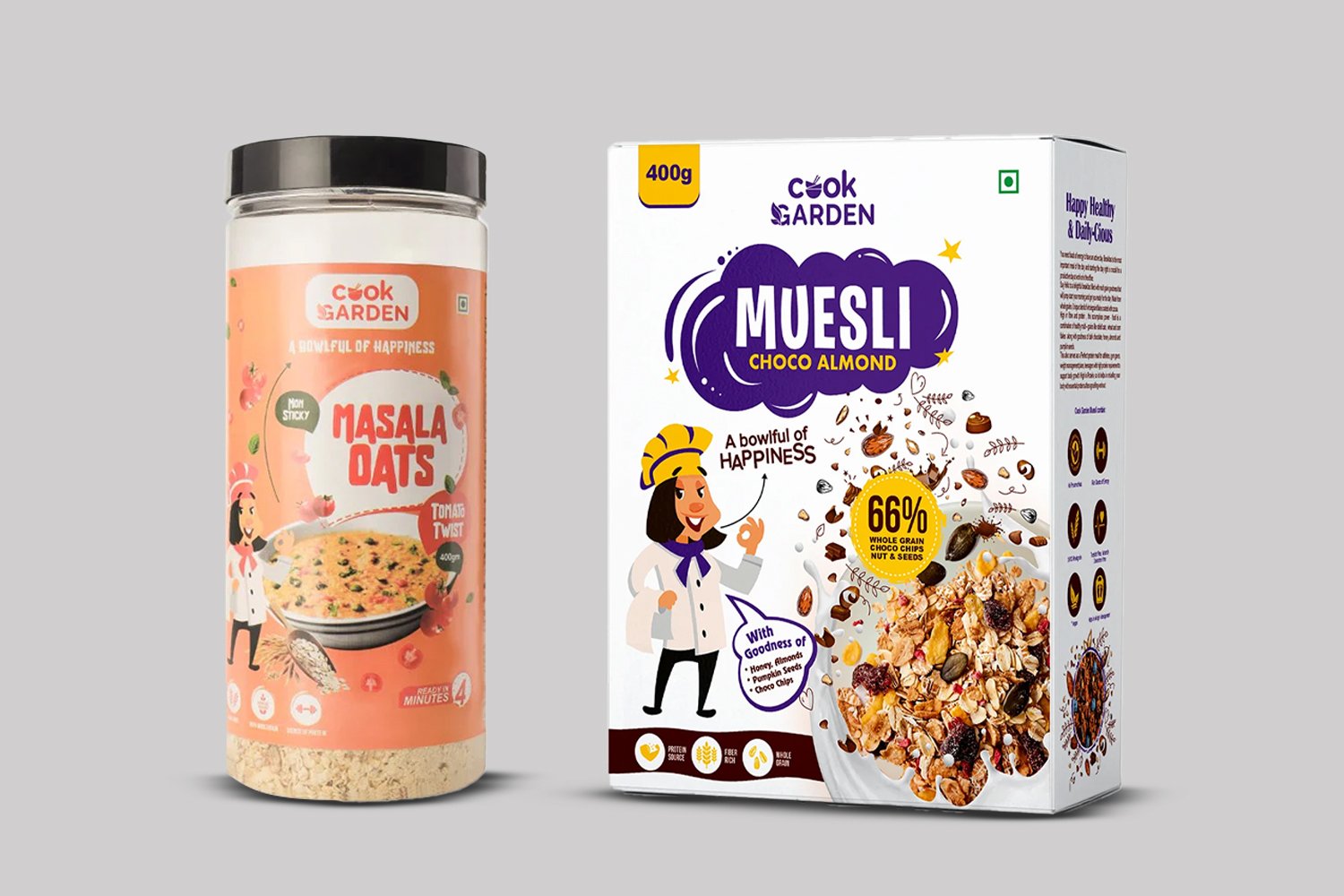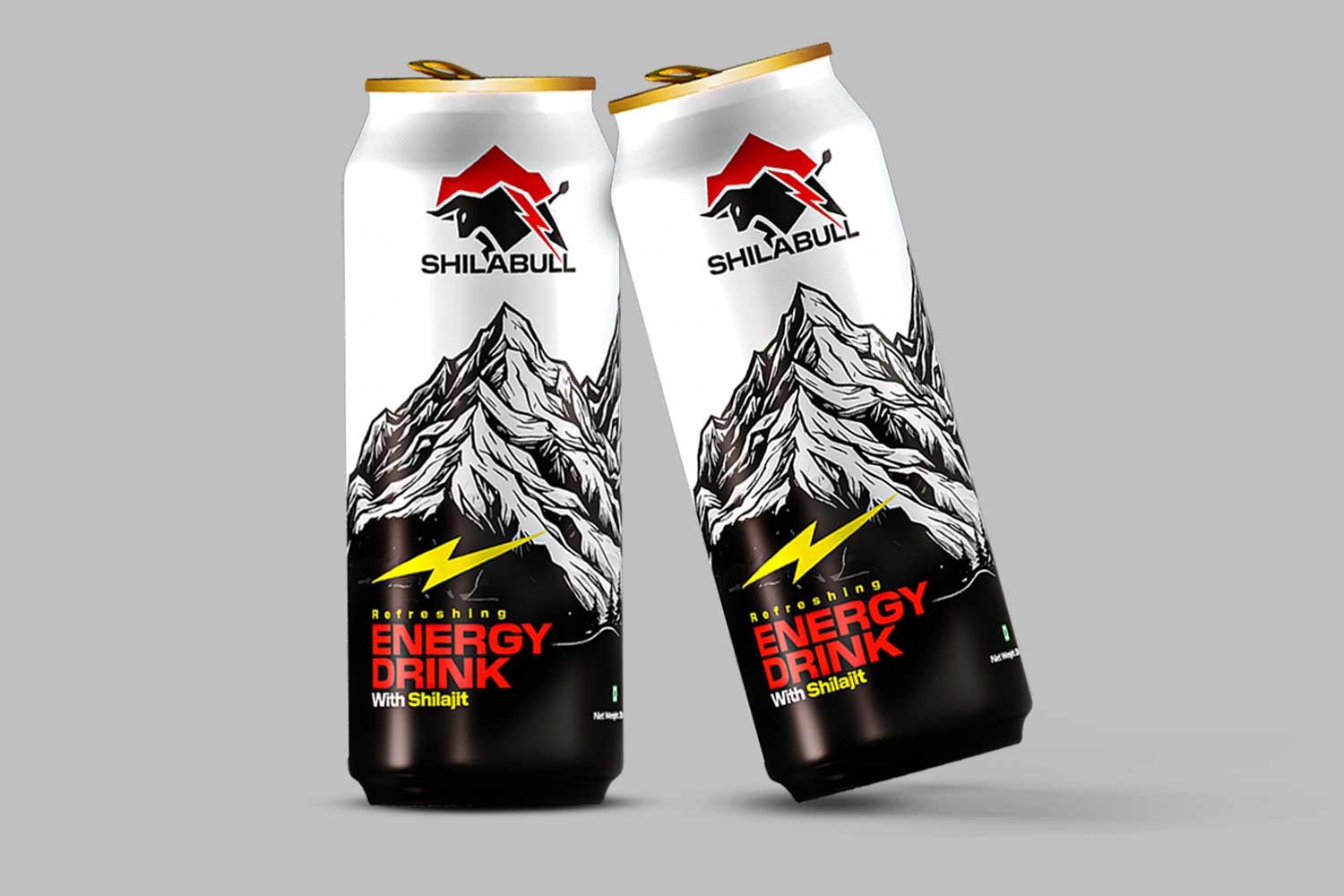Scroll through Pinterest or Instagram, and you’ll find a sea of vibrant and exciting smoothie bowls, protein-packed cookies, gluten-free pastas, and exotic sauces, which promise to give the best flavor and wellness. But transforming one of these homemade hits into a scalable, shelf-stable, and compliant packaged product needs a complete art and science of commercial recipe formulation.
It’s tempting to think that if something works well in your home kitchen, it can simply be multiplied by 1,000 and bottled for store shelves. But the reality is far more complex. The journey from a Pinterest-inspired food and beverage recipe to a ready-to-sell product needs the science of food or beverage processing, how ingredients work, regulatory compliance, and a clear vision of what will perfectly fit in the market. And to make it achievable, you need the support of a food formulation consultant.
Let’s unpack what this transformation requires.
Step 1: Understanding The Role Of Ingredients In Food Recipe Formulation
The first thing a food or beverage recipe formulation consultant does is break the commercial recipe formulation down by function, not flavor. Every ingredient must be understood for its technical purpose, texture, taste, emulsification, preservation, and coloring.
For example, if your Pinterest-inspired product is a chia seed pudding, then chia seeds will serve as natural hydrocolloids that absorb water and form gels. The almond milk will contribute to fat and texture, but lacks protein-based structure. Maple syrup will add sweetness and act as a humectant. A beverage or food formulation consultant will look after that, whether each ingredient is functional, affordable, and scalable. If not, they identify substitutes with the same functionality but better cost-efficiency or processing stability.
Step 2: Fixing Exact Quantities And Choosing The Right Ingredients
Pinterest’s functional food development is mostly vague and uses terms like “a pinch” or “a splash.” In commercial food and beverage production, this is not acceptable. Ingredients must be quantified properly and sourced in standardized, regulated forms.
The commercial recipe formulation consultants will define:
- Exact measurements (g or ml)
- Ingredient grade and purity
- Allergen status and microbial load
- Supplier certifications (COA, FSSAI, organic, etc.)
For instance, homemade lemon juice may be replaced with standardized citric acid or lemon concentrate to maintain consistent pH and microbial safety in every batch. The food and beverage formulation consultants will analyze how an ingredient behaves under different pH, moisture, and heat conditions.
Step 3: Testing The Shelf Life Of The Food Product
Now comes the part where food science takes the major role. A great food or beverage product in your kitchen might not last even a week on the shelves. That’s why food recipe formulation experts perform stability tests like:
- Water activity (Aw): To predict mold and bacterial growth potential in food formulation.
- pH testing: To make sure that the food stays in the microbiologically safe zone.
- Oxidation analysis: It determines fat stability over time.
- Packaging compatibility: To ensure no leaking or off-flavors from the packaging.
Like, if your product contains beetroot, the natural pigments degrade quickly when exposed to light or heat. A food or beverage formulation expert may advise modified atmosphere packaging (MAP) or natural antioxidants like rosemary extract for the stability of the food product.
Step 4: Scaling The Food Recipe Formulation For Production
Scaling up a commercial recipe development is not as simple as multiplying the ingredients. At commercial volumes, everything behaves differently:
- Heat takes longer to distribute.
- Mixing dynamics change.
- Emulsification and dispersion are affected by equipment type.
Food recipe formulation experts work with pilot plants and co-manufacturers to adapt the commercial food product development for batch sizes ranging from 10 kg to 1000 kg or more. They adjust the order of ingredients, mixing speeds and times, cook temperatures, and cooling and packaging procedures.
Step 5: Nutrition Labeling, Regulatory Compliance, And Claims
Homemade food or beverage recipes do not need a label, but commercial recipe formulation does, and every word on it must meet legal standards.
Food formulation consultants help prepare:
- Nutrition Facts Panel using lab testing or software.
- Ingredient list in descending order by weight.
- Allergen declarations and mandatory warning statements.
- Shelf-life labeling based on microbial stability studies.
They also make sure that the marketing claims like “high protein,” “no added sugar,” or “100% natural” are legally compliant under FSSAI, FDA, or EFSA rules.
Step 6: Costing, Profit Margins, And Market Fit For Food Product Development
Many Pinterest-inspired recipes are too premium or expensive to survive in a competitive market. Functional food product development consultants conduct a cost-to-market analysis by calculating:
- Ingredient costs per unit
- Packaging and labeling costs
- Logistics and distribution expenses
- Suggested retail price (SRP) vs. cost of goods sold (COGS)
Step 7: Sensory Evaluation Of The Food Recipe Product Development
Once the product is developed, food consultants conduct sensory testing using trained panels or consumer groups. They evaluate:
- Flavor balance
- Texture and mouthfeel
- Color and visual appeal
- Aroma and aftertaste
- Overall acceptability
Based on the data, the food recipe formulation experts make further adjustments like adding food acids to brighten flavor, adjusting sweetness or umami levels, improving creaminess with emulsifiers or natural fats, introducing natural colors or flavor stabilizers, if needed. This reformulation phase is where the product is fine-tuned to match consumer expectations while still being scalable and compliant.
Every Iconic Product Starts With A Recipe. Let’s Make Yours The Next One.
Behind every bestselling food or beverage product development is a simple recipe that was transformed with the right guidance. Whether it’s a trending Pinterest snack or your family’s cherished kitchen creation, what matters is how you scale it, preserve its quality, and make it ready for the market. That’s where we come in, with science-backed food recipe formulation, stability testing, and expert-led scale-up strategies customized for your brand’s success.
Our food R&D experts team helps you move from idea to shelf with clarity and confidence. We take care of the technical work, ingredient functionality, compliance, shelf-life, and production, so you can focus on building your vision. Let’s turn your passion into a product the world can’t wait to taste. Call us now on +91 8130404757.
FAQs
How do I know if my food recipe is suitable for commercial production?
A food formulation consultant can assess your food recipe’s ingredients, cost, shelf life, and scalability. We will check the functionality, food safety, and market fit to make sure it can be turned into a market ready product.
What changes should I expect when converting my home recipe to a commercial version?
Some ingredients may need to be replaced or adjusted for cost, stability, or availability at scale. Taste and texture will be preserved as closely as possible, but the food recipe formulation will be optimized for processing, packaging, and compliance.
How long does it take to develop a commercially ready product?
Depending on the product type and complexity, the process can take anywhere from 4 to 12 weeks. This includes formulation, lab testing, shelf-life studies, pilot trials, and label development.
Do I need lab testing and shelf-life analysis for small batch or local sales?
Yes, especially if you plan to store, ship, or sell the product beyond a few days. Shelf-life testing ensures safety and quality. Even small-scale brands need to meet FSSAI or local food safety standards.
Can you help me find a manufacturer after the formulation is ready?
Absolutely. Once your formulation is finalized, we help connect you with suitable co-manufacturers, guide pilot runs, and support you with SOPs and scale-up documentation.




